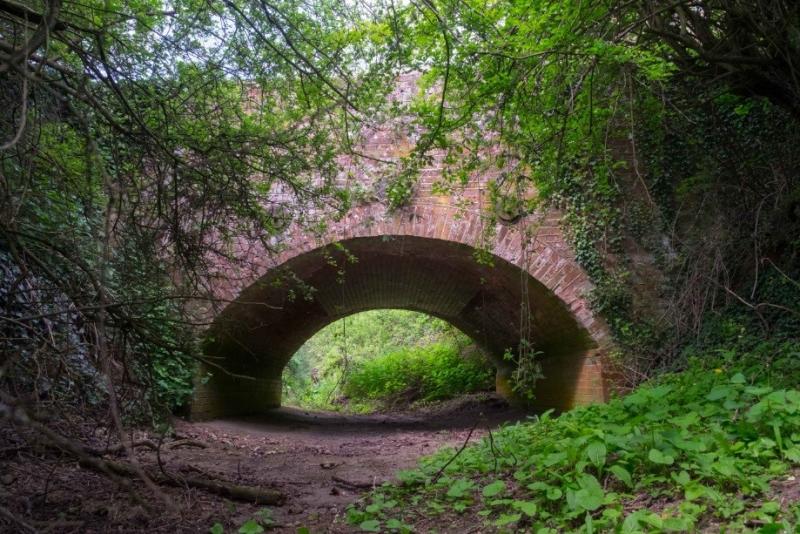As WTT Conservation Officers, we are asked to make assessments on what is good and bad habitat for trout populations based upon visual observation and expert judgement; this is the basis of a typical Advisory Visit Report. If we had the time and resource, we'd look to the fish themselves to tell us! In this latest blog from current researchers, Jess Fordyce from the University of Glasgow Scottish Centre for Ecology and the Natural Environment outlines how an understanding of the genetic diversity within a catchment can inform more efficient management strategies for safe-gaurding trout populations.
The brown trout, Salmo trutta, is an extremely diverse species in terms of behaviour, physiology, genetics and morphology. Brown trout can adopt a range of life-history strategies which include freshwater residency in rivers and/or lakes, or anadromy – the movement from fresh to saltwater and back again (ie sea trout). The diversity of brown trout in terms of genetics and morphology was the focus of my PhD which was funded by an EU project called IBIS (Integrated Aquatic Resource Management Between Ireland, Northern Ireland and Scotland) and the Atlantic Salmon Trust. My study site was the Foyle catchment which is a large dendritic (branching) system with an area of around 4500km2 located in both Ireland and Northern Ireland. This catchment is managed by the Loughs Agency. Like other catchments across Britain and Ireland, sea trout numbers have been sharply declining over the last few decades. Therefore, it is important to understand the genetic population structuring of brown trout (the pattern of genetic variation) and which environmental factors shape such structuring. From this information, it is possible to detect exactly which populations contribute significantly to the production of sea trout and hence provide focused management.



